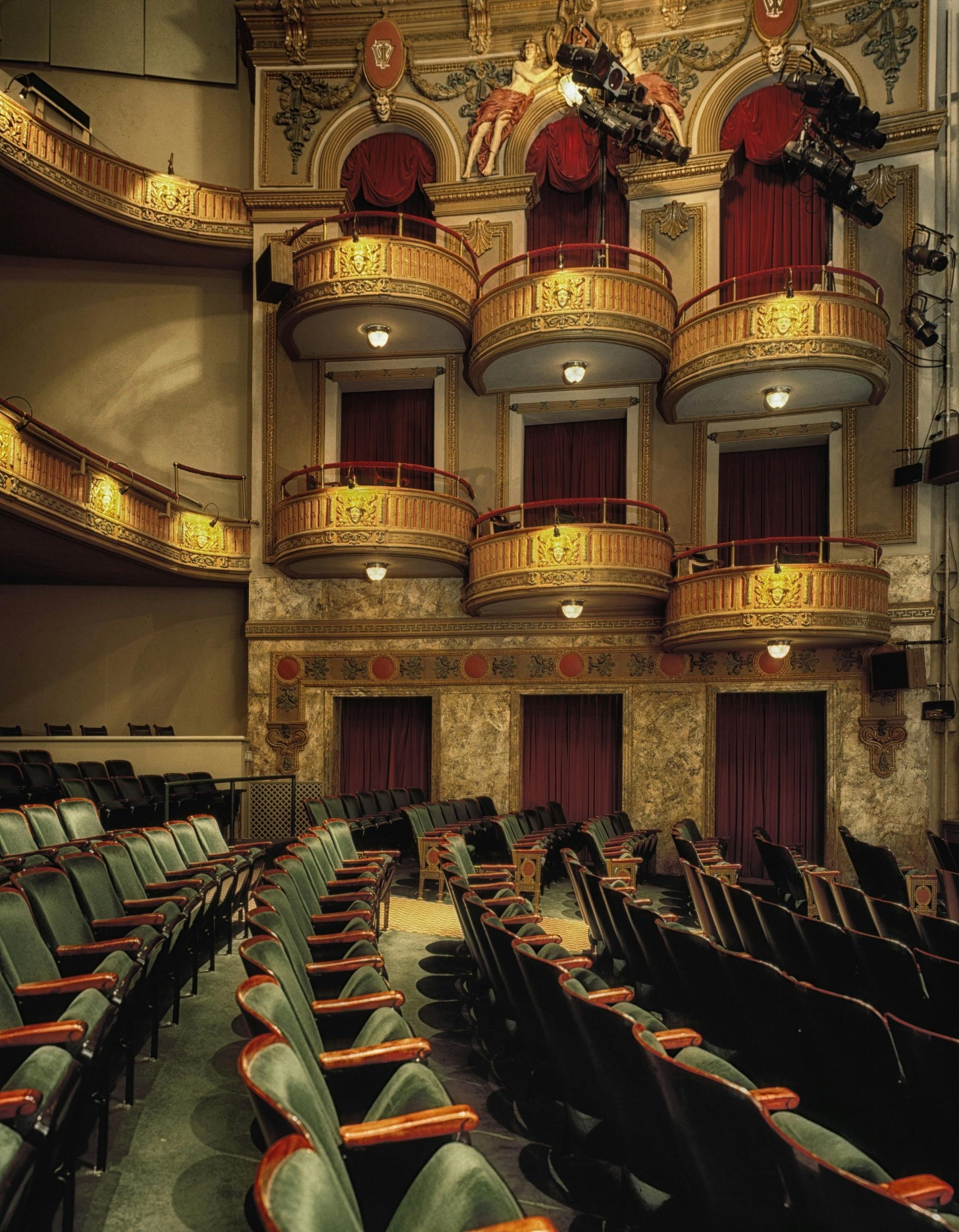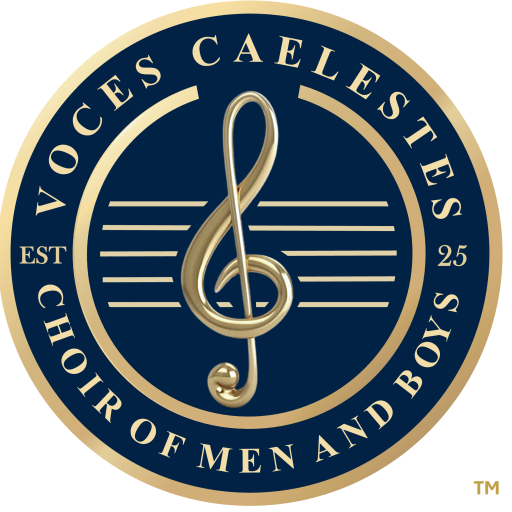How We Achieve Beauty in Sound
True to History
We study old manuscripts and letters. We learn how singers from long ago pronounced Latin words. We practice the singing styles unique to each time period. Our performances sound like what you might have heard in a 16th century cathedral or a 19th century salon.
“When we perform Palestrina, we want to transport you to Renaissance Rome,” says our artistic director. “Every bow, breath and vocal color matters.”
Voices in Perfect Harmony
Our boys sing with crystal-clear voices while our men provide rich depth. Together they create a sound that feels both ancient and alive. We practice until each voice blends perfectly with others.
We pay attention to the smallest details. How long to hold a note. How to shape a phrase. The tiny differences between singing quietly and whispering. These details add up to something magical.
Working with the Space
Different buildings change how music sounds. A Gothic church creates natural echoes that affect how fast we sing. A modern concert hall demands different techniques.
“We don’t fight the space—we dance with it,” explains our vocal director. We adjust our singing based on where we perform. Sometimes we spread out. Sometimes we cluster together. We make the building part of our instrument.
Feeling the Words
Every singer learns what the words mean—even if they’re in Latin or German. You can’t move people with sounds you don’t understand yourself.
We bring real feeling to sacred music without turning it into a show. For fun songs about love or nature, we express joy but keep it tasteful.
“These pieces meant something deep to people hundreds of years ago,” our choir master reminds us. “Our job is to find that meaning again.”
What We Sing
We perform famous works everyone knows. We also dig up forgotten songs from dusty libraries that deserve to be heard again.
Our concerts tell stories. Maybe we trace Christmas music through five centuries. Maybe we show how different composers set the same Bible verse. These connections help people hear old music with fresh ears.
Sometimes we mix very old songs with new ones that talk to each other across time. This helps everyone—even kids—connect with the music.
Making Old Music Matter Today
We point out themes in old music that still make sense now—love, hope, grief, joy. These feelings haven’t changed much in 500 years.
Before we sing, we might explain a bit about why a piece was written or what was happening when it was created. We add just enough information to help you get it.
We create concerts that flow like good stories. We pay attention to how the room feels. We want you to leave different than when you came in.
How We Know We’re Getting Better
We invite experts to listen and give feedback. We record ourselves and study those recordings with critical ears. We ask our audiences real questions about what moved them.
We measure growth by how well we teach people about music history and how many new fans we create for this beautiful tradition.
Voces Caelestes exists to keep centuries of gorgeous music alive and beating. When we sing well, these old works breathe again. They speak to today. They remind us that beauty lasts.

